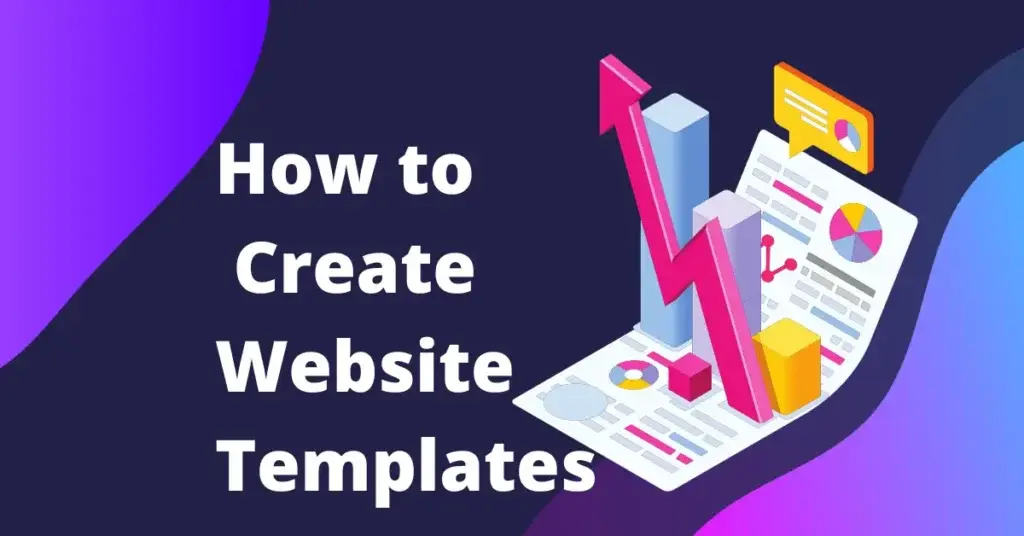Introduction
In this digital age, where virtually every aspect of our lives is intertwined with
technology, digital marketing has become the cornerstone of success for
businesses and individuals alike. In this comprehensive guide, The Ultimate Guide to Digital Marketing, we’ll delve deep
into the essence of digital marketing, elucidating its key concepts and providing
practical examples to help you grasp the intricacies of this dynamic field.
What is Digital Marketing?
At its core, digital marketing encompasses all online efforts aimed at promoting
and selling products or services. This umbrella term encompasses a multitude of
channels and tactics, all working synergistically to reach a target audience and
drive desired actions. Let’s break down the fundamental components of digital
marketing:
Search Engine Optimization (SEO)
SEO is the art and science of optimizing a website to rank higher on search engine
result pages (SERPs). When strategically implemented, it enhances visibility and
increases organic traffic. For instance, a local bakery could leverage SEO to ensure
their website pops up when someone searches for “best artisanal bakeries near
me.”
Content Marketing
Content marketing involves creating and distributing valuable, relevant content
to attract a clearly defined audience. A prime example is a company maintaining a
blog that provides insightful articles about industry trends, product usage, and
customer success stories.
Social Media Marketing
Social media marketing leverages social platforms like Facebook, Instagram, and
Twitter to connect with audiences and build brand awareness. A fashion brand,
for instance, might use Instagram to showcase its latest collection and engage
with followers.
Email Marketing
Email marketing involves sending targeted messages to a group of people via
email. A fitness brand might send out a weekly newsletter with workout tips,
nutrition advice, and promotional offers to keep subscribers engaged.
Pay-Per-Click (PPC) Advertising
PPC advertising allows businesses to place ads on search engines or social media
platforms and pay a fee each time their ad is clicked. An online shoe store could
use PPC to appear at the top of Google search results for “running shoes.”
Influencer Marketing
Influencer marketing involves collaborating with influencers to promote products
or services. A tech company might partner with a popular YouTube tech reviewer
to showcase their latest gadget.
Affiliate Marketing
Affiliate marketing involves earning a commission by promoting other people’s
products. A travel blogger, for example, might include affiliate links in their posts,
earning a commission for each hotel booking made through those links.
Why Digital Marketing Matters
Breaking Down Barriers
Unlike traditional marketing, digital marketing breaks down geographical barriers,
allowing businesses to reach a global audience with minimal effort. A small
startup can compete on an equal footing with established brands, given the right
digital strategy.
Cost-Effectiveness
Digital marketing often proves more cost-effective than traditional methods. With
tools like Google Ads, businesses can set their budget and only pay when
someone clicks on their ad, maximizing ROI.
Real-Time Analytics;
One of the major advantages of digital marketing is the ability to track and
analyze campaign performance in real-time. This data-driven approach enables
marketers to make informed decisions and optimize strategies on the fly.
Step-by-Step Guide to Digital Marketing
- Define Your Goals;
Before diving into the digital marketing realm, establish clear and measurable
goals. Whether it’s increasing website traffic, generating leads, or boosting sales,
defining your objectives will shape your entire strategy. - Identify Your Target Audience;
Understanding your audience is crucial. Develop detailed buyer personas to tailor
your digital marketing efforts to the specific needs and preferences of your ideal
customers. - Choose Your Digital Marketing Channels;
Based on your goals and target audience, select the most relevant digital
marketing channels. For instance, if you’re targeting a younger demographic,
platforms like Instagram and TikTok might be more effective than traditional
email marketing. - Optimize Your Website;
Ensure your website is user-friendly, visually appealing, and optimized for search
engines. A well-designed landing page can significantly impact conversion rates. - Create Compelling Content;
Craft engaging and valuable content that resonates with your audience. Whether
it’s blog posts, videos, or infographics, compelling content forms the backbone of
successful digital marketing campaigns. - Leverage Social Media;
Build a strong social media presence on platforms that align with your target
audience. Engage with your audience, respond to comments, and share content
that sparks conversations. - Implement SEO Strategies;
Optimize your website and content for search engines. Use relevant keywords
naturally, enhance meta tags, and focus on creating high-quality, shareable
content. - Embrace Email Marketing;
Build and nurture your email list. Send personalized and targeted messages to
keep your audience informed, entertained, and engaged. - Monitor and Analyze:
Regularly monitor the performance of your digital marketing efforts. Analyze key
metrics, such as website traffic, conversion rates, and social media engagement,
to refine and optimize your strategy.
Convincing the Readers: Unlocking the Potential of Your Business:
By embracing the diverse facets of digital marketing, you unlock a world of
possibilities for your business. From increased brand visibility to higher conversion
rates, the benefits are manifold. The ability to precisely target your audience,
coupled with the cost-effectiveness and real-time analytics, positions digital
marketing as an indispensable tool for any modern business.
Conclusion
In conclusion, the digital marketing landscape is vast and ever-evolving. By
understanding its core components, implementing a strategic approach, and
staying abreast of industry trends, you position your business for success in thedigital realm. As you embark on your digital marketing journey, remember that
flexibility, creativity, and a customer-centric mindset are key to staying ahead in
this dynamic landscape. So, seize the opportunities presented by digital
marketing, and watch your business thrive in the interconnected web of the
online world.




